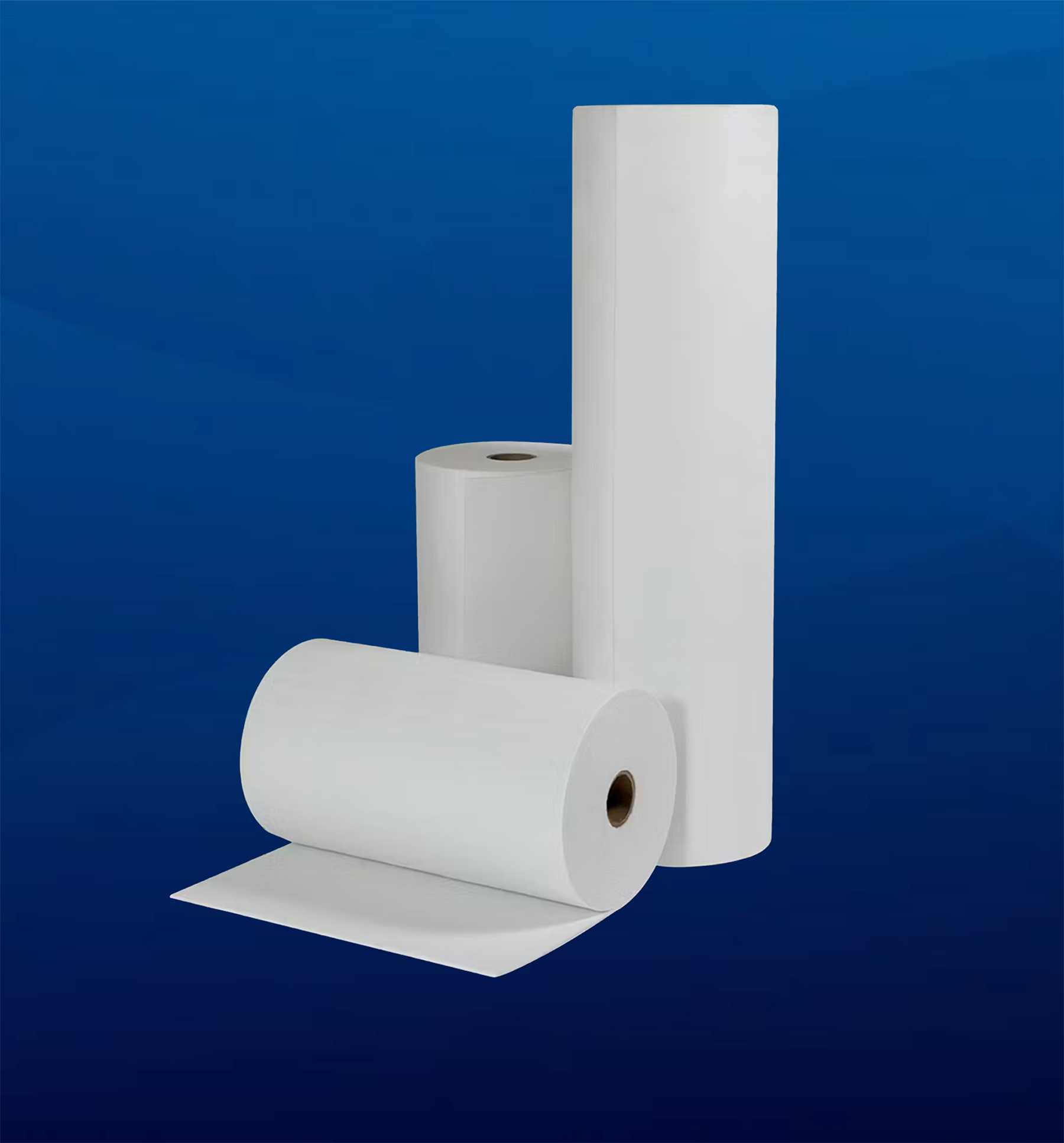
Wisconsin Oven recently shipped a horizontal spray quench furnace to C/A Design in Dover, New Hampshire. What makes quenching important to this company?
Any time aluminum is produced for an important stress-related application — where it has to have strength and the parts have to meet performance requirements — it has to go through a solution treatment process. It involves bringing the parts up to a temperature of between 800- and 1,000-degrees Fahrenheit, and then it’s held there for a few minutes. That allows it to go into solution, where the alloys become homogenized throughout the matrix, and then the load is pulled out and quickly quenched. You end up with a very uniform piece of aluminum as far as metallurgy and strength goes. Then it goes through a later process called aging.
The solution treatment process for C/A Design was especially important because they make very precision components, and this is true for anyone that produces aluminum parts that play a critical role. They’re all solution-treated, which is done with an aluminum-solution furnace and quench system.
How can this quench furnace be advantageous to other companies looking for quenching solutions?
In the last 10 years, horizontal quench for aluminum has been evolving. It’s a fairly new technology that, due to automation and intense R&D, we’ve been able to use to reduce the quench time down to as low as seven seconds. After aluminum parts in the furnace have been heated up, they have to be extracted and quenched within a specific time (typically seven to 30 seconds), from when the furnace door starts to open, until the load is fully quenched in the water. This time depends on the alloy and the thickness of the aluminum. One of the things that we’ve developed with the horizontal quench system is to decrease the cost and the footprint over the traditional drop-bottom furnace technology. We still build drop-bottoms, but horizontal quench is something that has become an alternative, and it’s turning out to be a really good solution because of the footprint and the price. For companies that want a cost-effective, more compact arrangement, the horizontal quench is a good solution.
What went into the process that concluded with C/A Design deciding on this particular quench system?
What they wanted was something a little different and a little out of the ordinary. Instead of dunking the parts in a tank — which is the most common way — some companies want it spray-quenched. The quench system C/A Design purchased has over 40 individually controlled spray nozzles that are in a spray enclosure with doors on it. The parts get pulled quickly out of the furnace and into the spray quench, and then the doors close on the spray quench, and the nozzles turn on and absolutely drench the parts with water, rather than submerging them in a tank. Some customers prefer the spray quench, as opposed to submersion quench, because it gives them less part distortion. It’s a slightly more controllable quench, and it enables them to slow the quench rate by turning particular spray nozzles on and off. If they’re getting distortion in a certain area because they’re quenching too fast, they can reduce the spray volume by turning nozzles off. For C/A Design, that was really critical, so this particular quench system was an ideal solution, selected for that reason.
What makes your horizontal spray quench furnace more advantageous to other quenching methods?
The big thing: Years ago, when companies like us did horizontal quenches, we only did it for very long quench times — when customers didn’t need it any faster than 15 or 20 seconds. Within the industry, they really liked the horizontal quenches, but if they had to get a fast quench, that meant getting it out of the furnace, transferring onto the quench system, and then either spraying or dunking. It was hard to reliably do this in less than 15 seconds. These loads weigh hundreds or thousands of pounds, and they can be fairly large, too.
About 15 years ago, we started to experiment with faster quench times. This means the door has to open faster; the transfer has to happen faster, and the dunk has to happen faster. Through R&D and engineering improvements, we can get each of those down to two seconds or so, and then, with some cushion in there, we can reliably get the total quench time under 10 seconds. So now we are able to quench faster with this compact, less expensive technology.
What advice would you give potential customers looking for a quenching system like this one?
There are some key parameters that you want to make sure you specify. Whether you buy it from Wisconsin Oven or someone else, you want to make sure they have a history of reliable systems in the field. You want to look at the technical requirements and the temperature uniformity. A lot of customers these days require the furnace meet AMS 2750 or CQI-9 specifications, which are aerospace and automotive specifications. Make sure your supplier understands those well. That’s something that we see is a little lacking in the industry, and so we focus on it at Wisconsin Oven. We thoroughly understand these requirements, and routinely provide equipment that meets them. We have some experts in-house, and then we’ve gotten training over the years. We explain and document to our customers what we do to make sure the equipment certifies, and confirm it through testing, prior to shipment. This is important because they will need to pass an AMS2750 or CQI-9 audit in order to operate the equipment after it is installed.
MORE INFO www.wisoven.com
























